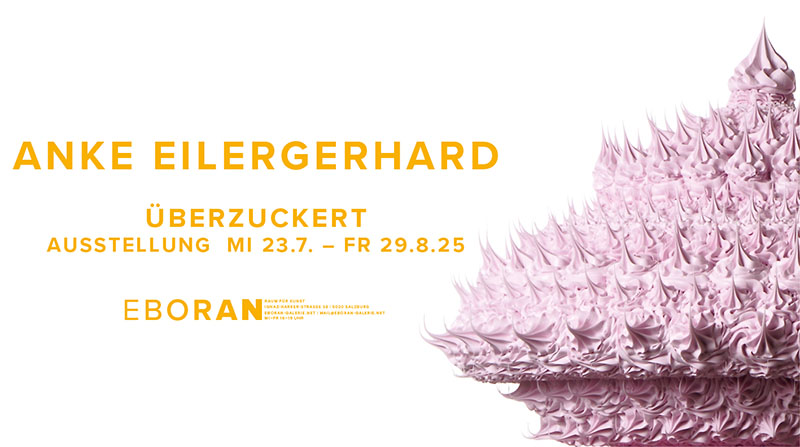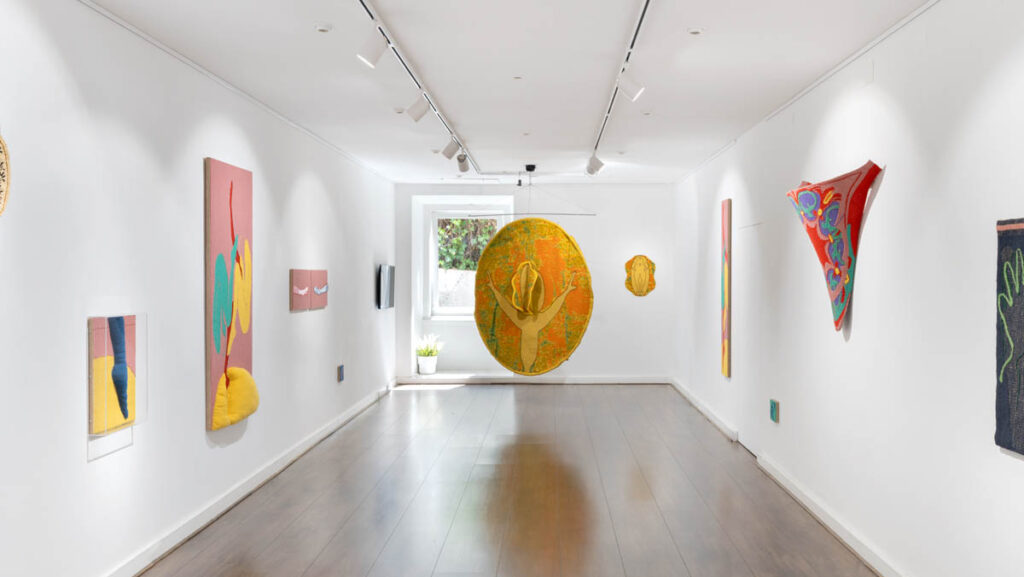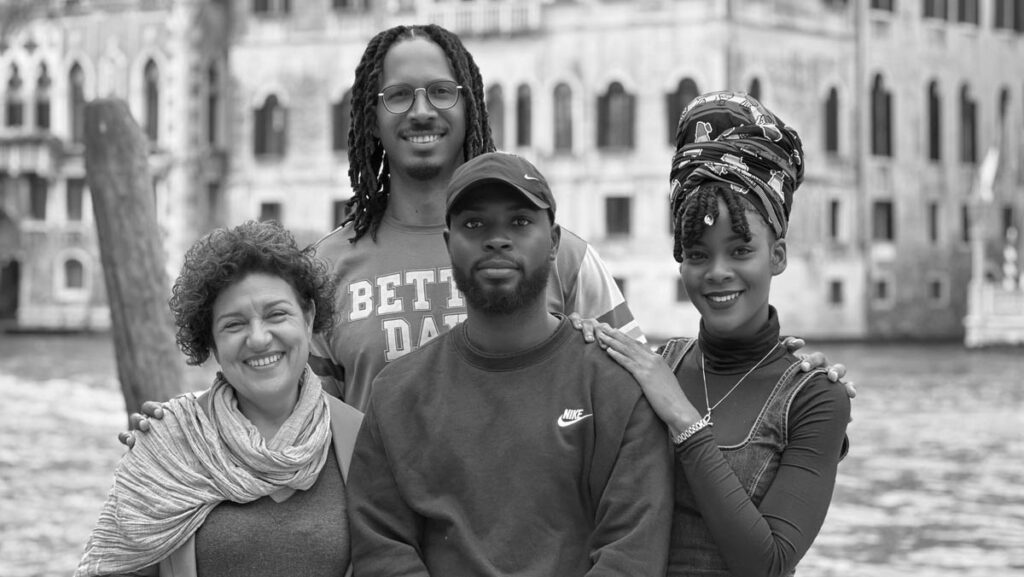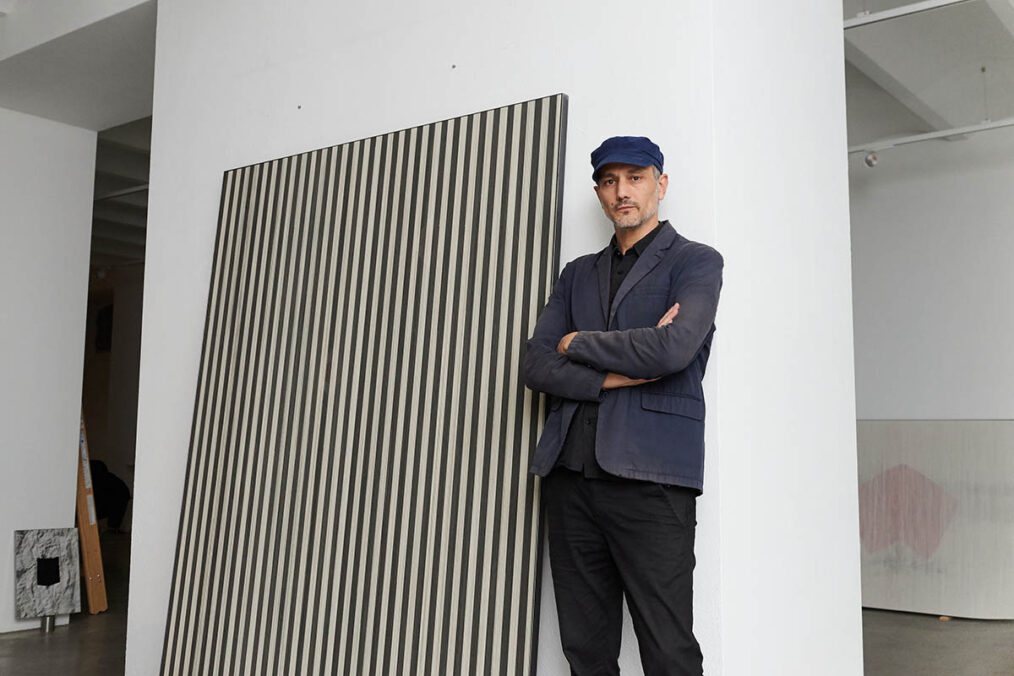
The spacious studio is also an inspiring meeting place and is regularly used for performances and presentations. Bildrecht operates the studio, which offers artists the opportunity to realize and present large-scale works and expansive projects. It is allocated for up to six months based on an open call. The artist Lior Gal is currently working there as an Artist-in-Residence until December 16, 2024.
Tell us your background and what brought you to the Bildraum Studio Residency in Vienna.
I’m an Israeli-French artist originally from Tel Aviv. I moved to Paris at the age of 21, where I studied photography. After spending 17 years in Paris, I relocated my studio to Brussels and, most recently, to Siena, Italy. I heard about the Bildraum Studio from an artist friend a few years ago during one of my previous visits to Vienna. The residency program sounded interesting, and the studio looked spacious and well-equipped, so I decided to apply. I had never had the chance to spend more than a few days in the city, and I thought the residency would be a great opportunity to explore further and see how my work could interact with the Viennese art scene.
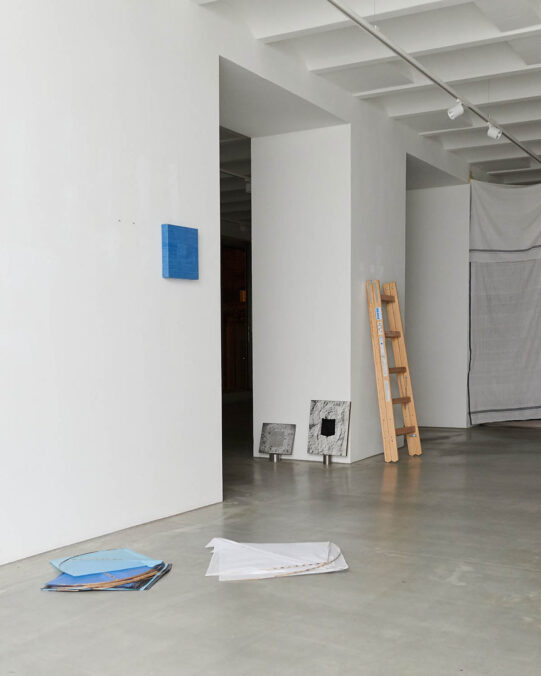
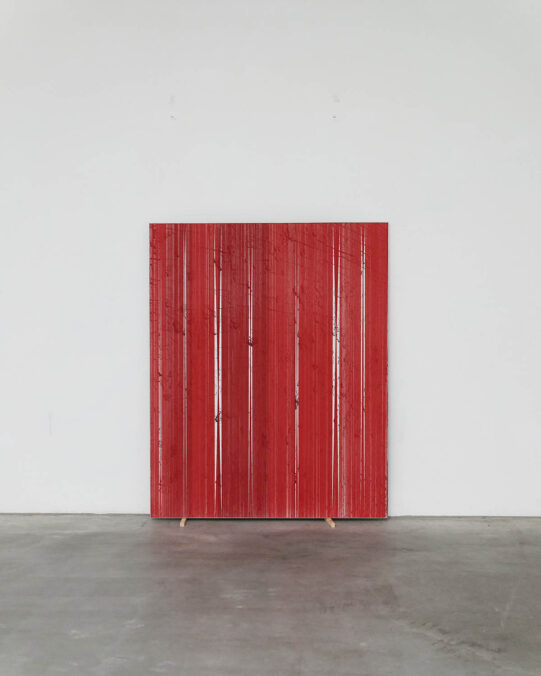
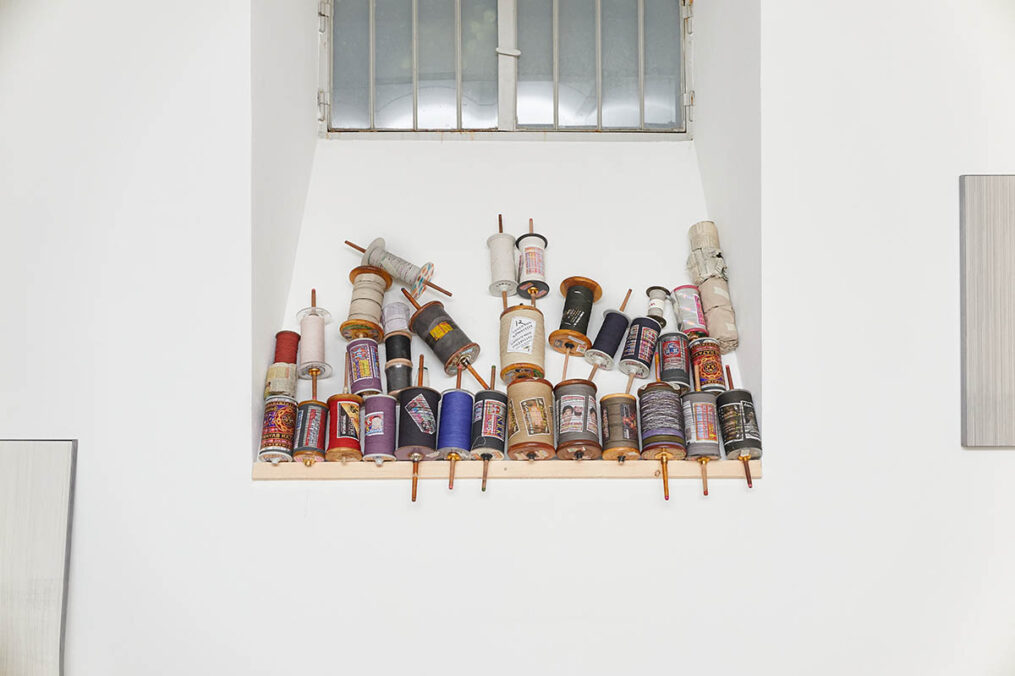
How are you spending your time here? What are you currently focused on, and what projects are you working on?
During the month of August, the Brotfabrik seemed like an old abandoned factory. I spent most of my days working and enjoying the silence. I brought a sufficient amount of work material with me and laid it all on the studio floor to initiate the conceptualisation of my residency.
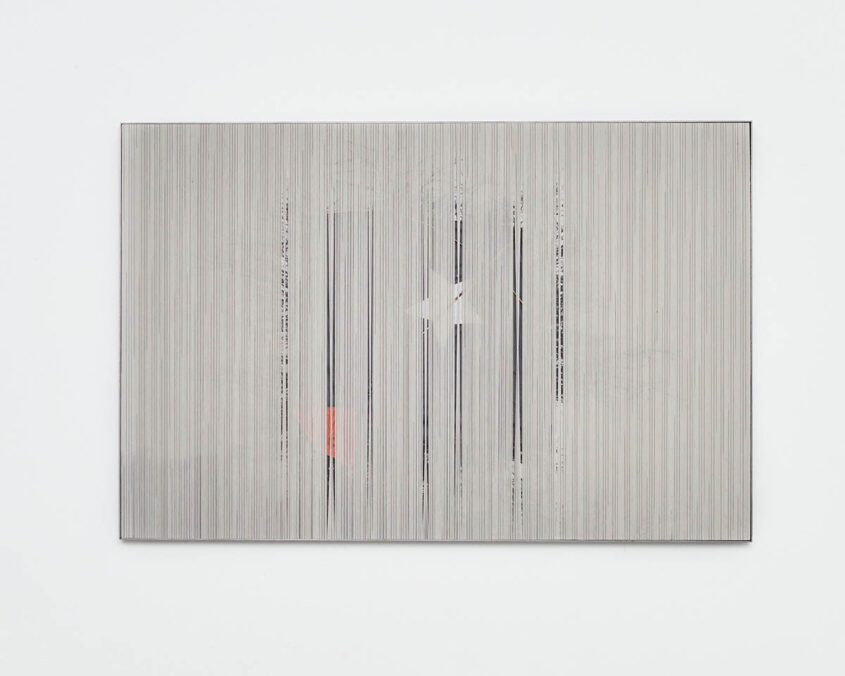
What is your connection to analog photography, and what with digital?
I’ve always used film while photographing; spending a day in the darkroom is much more rewarding (and fun) than sitting in front of a computer. But I’m not against digital photography; the ‚technical quality‘ of an image or a print has never been an issue in my work. The most important thing is to know what it is you would like to achieve and how you would like to achieve it.
Do you have a favorite film? Which one do you work most often?
The cheapest ones used to be my favourite, but you can’t find them anymore… I often shoot with high-speed, sensitive film, 1600 or even 3200 ISO, as I like the grainy texture they produce. Many of my works are large-scale prints, and when you print in this format, the negative is stretched to its limits, allowing fine details to disappear. The image is ‘pushed’ away from its own medium, from its own ground.
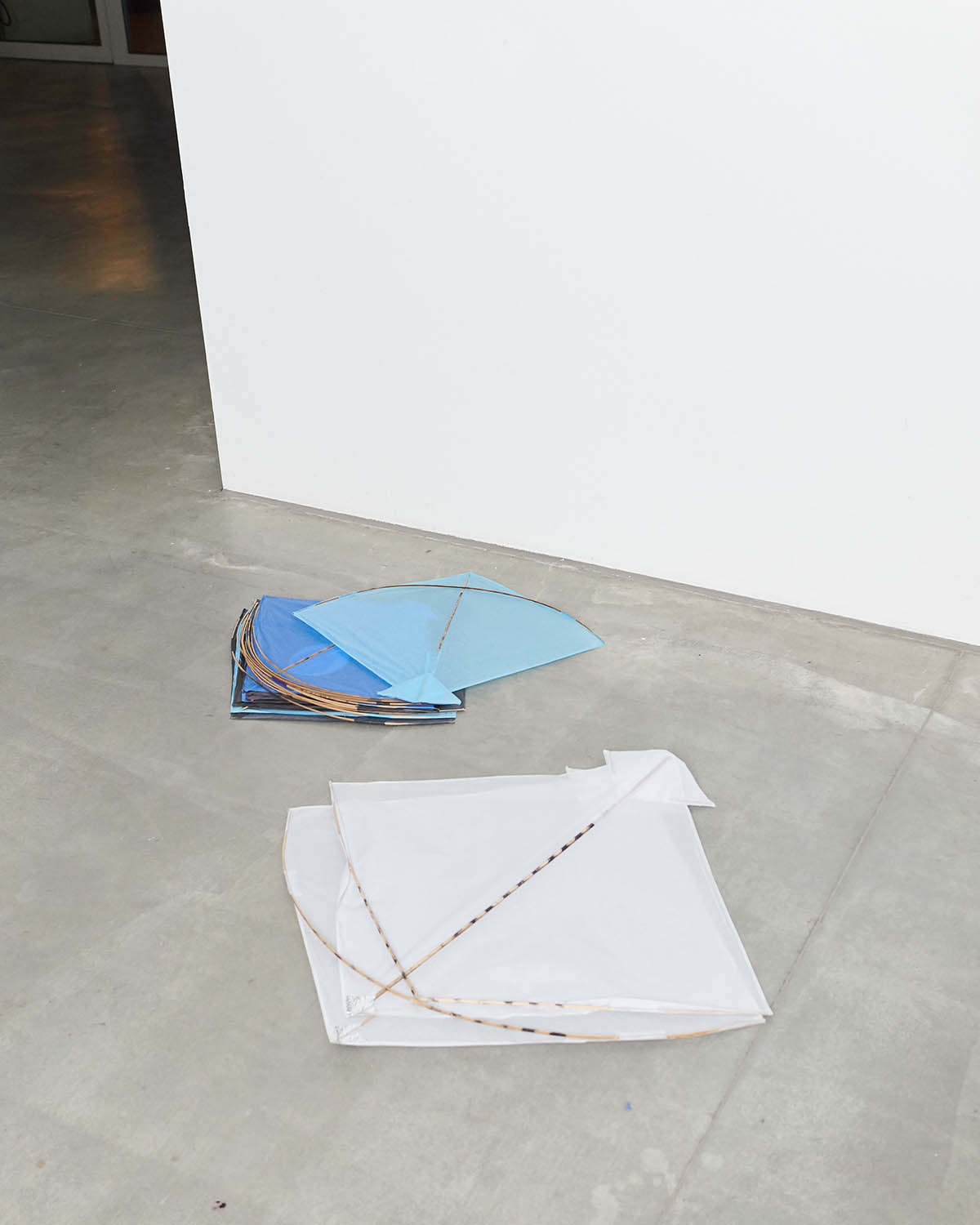
What do you mostly enjoy in the darkroom?
It is a portal into a dream state. The image projected from the enlarger looks like it’s suspended in mid-air, like a hologram. There’s something magical about it. I find it gratifying to witness the emergence of an image out of the blankness of the photographic paper; it always reminds me of French philosopher Gaston Bachelard, who believed that images exist before thoughts. They float somewhere in the metaphysical world of the imagination before appearing for the first time. One of my exhibited works at Bildraum was inspired by Bachelard’s theory. Performance artist Olivia Hild and choreographer and dancer Naïma Mazic, both from Vienna, will interact with the work and with the idea of emergence during the opening.
What themes do you explore in your work?
I’m drawn to universal concepts such as time, space, silence, and distance, and I mainly photograph nature, or fragments of nature, to be precise. My creative process is entirely detached from my travels, and the printed image has no ties to its original place, no more roots.
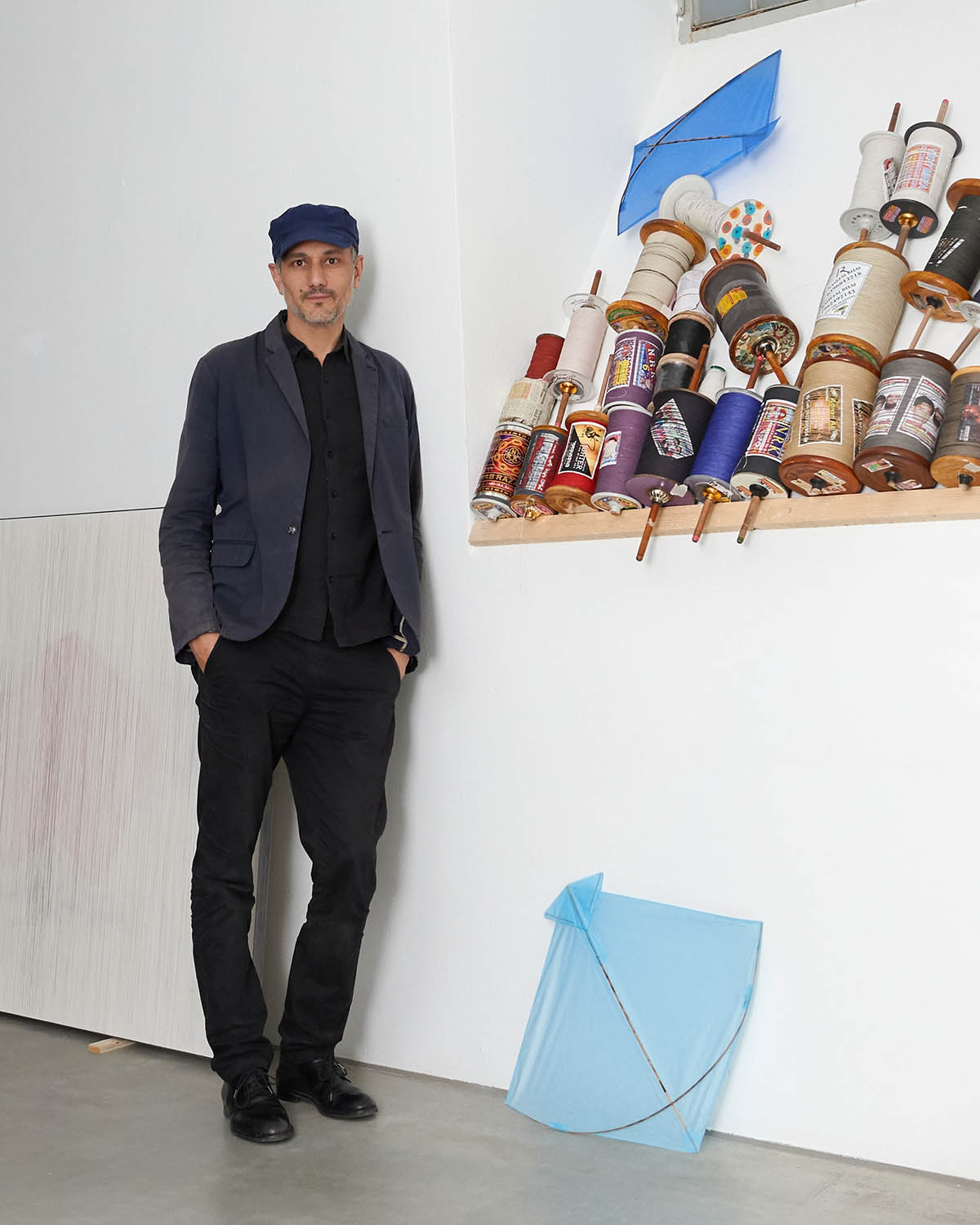
What does silence mean to you?
I once had the opportunity to walk in the Sahara for fifteen days. I was not alone, but it felt like it. I remember walking for hours every day with little need to talk. Most of the days were spent in silence. After a few days in the desert, you enter a meditative state where time and space appear to pass at a different rate. A vivid memory of that walk was the presence of silence, which accompanied us throughout the journey. It was interrupted occasionally when the wind blew upon the sand. Sound became a visual experience. Vienna is the city of music, and silence is an inseparable part of any composition. During my residency, I wanted to expand the notion of silence, not only regarding music or the city but also as a visual element to revive and share my desert experience with others.
Traveling is very important for you.
That was the main reason I wanted to get into photography, but somewhere along the way I lost interest in documenting the real and started using the camera as a tool of extraction.
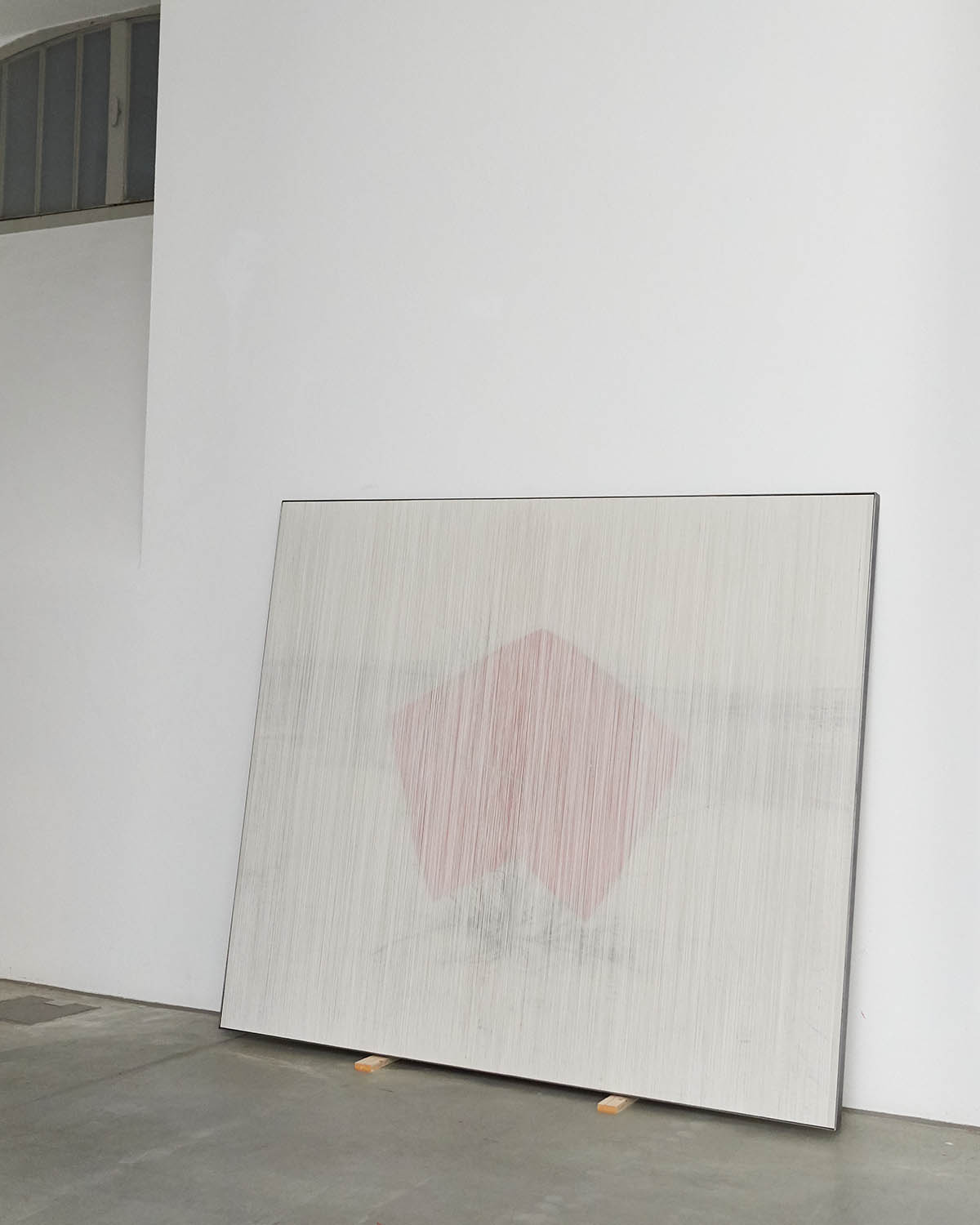
You describe your work as photographic objects; can you tell me more about that?
Last year I took part in a group exhibition in Vienna, where I showed a suspended kinetic collage work. I wanted to challenge the stillness of the photographic print and to present the image as a moving sculptural body in space. The process of making a suspended work is pretty similar to the collages I’ve made in the past. It involves gluing two different images together, back-to-back, then hanging them from the ceiling while they’re still wet so they can take on their unique shape.
How did you choose the materials you are working with?
It is an intuitive process. Most of the material comes from my travels. I have spent much time in India in recent years, so all the threads and kites you see here are from there. My first kite work was made in 2022 during a six-week residency in Calcutta. I wanted to reverse the role of the kite and the kite-holder so that the kite remained still while I was in constant motion. It became a sort of mediation, similar to walking in the desert. For the exhibition at Bildraum, I walked about 70km without leaving the studio.
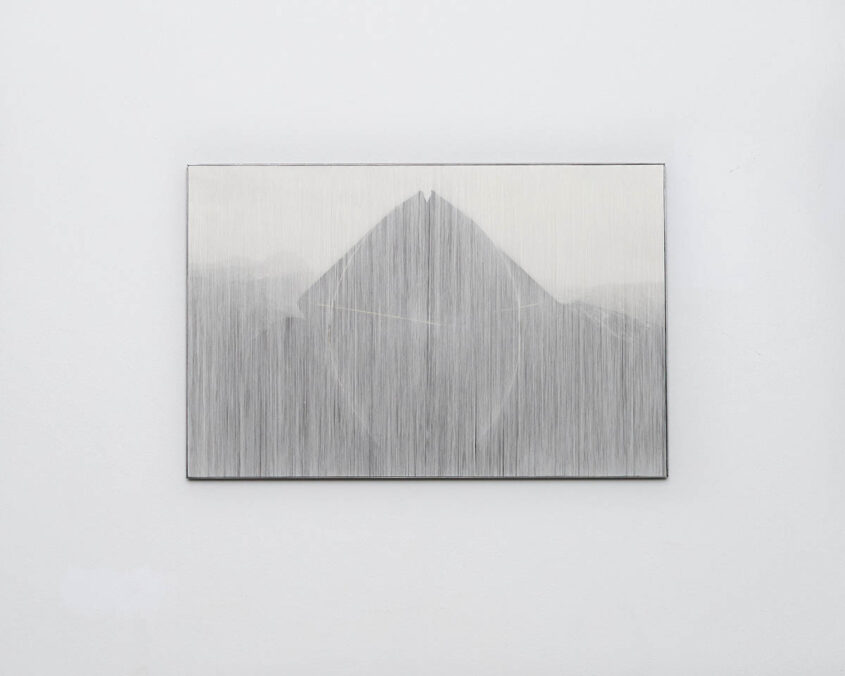
Are you collecting something privately, not for art use?
No. I would consider myself a temporary collector, as I only tend to accumulate material related to my work. It is a great pleasure to see how objects eventually become part of my universe and my artistic practice, and an even greater pleasure to see them leave…
How do you feel when you finish the work? Do you have a sense of relief?
Perhaps there is a momentary sense of relief, but you move on to do something else rather quickly. A real sense of relief appears once an exhibition is ready.
Is your studio space very clean or messier?
I like it when it’s very clean, so it can get messy—and vice versa. But on the other hand, there’s not much to look for when you have a clean studio. Messy places sharpen your sight, and one can see more clearly.
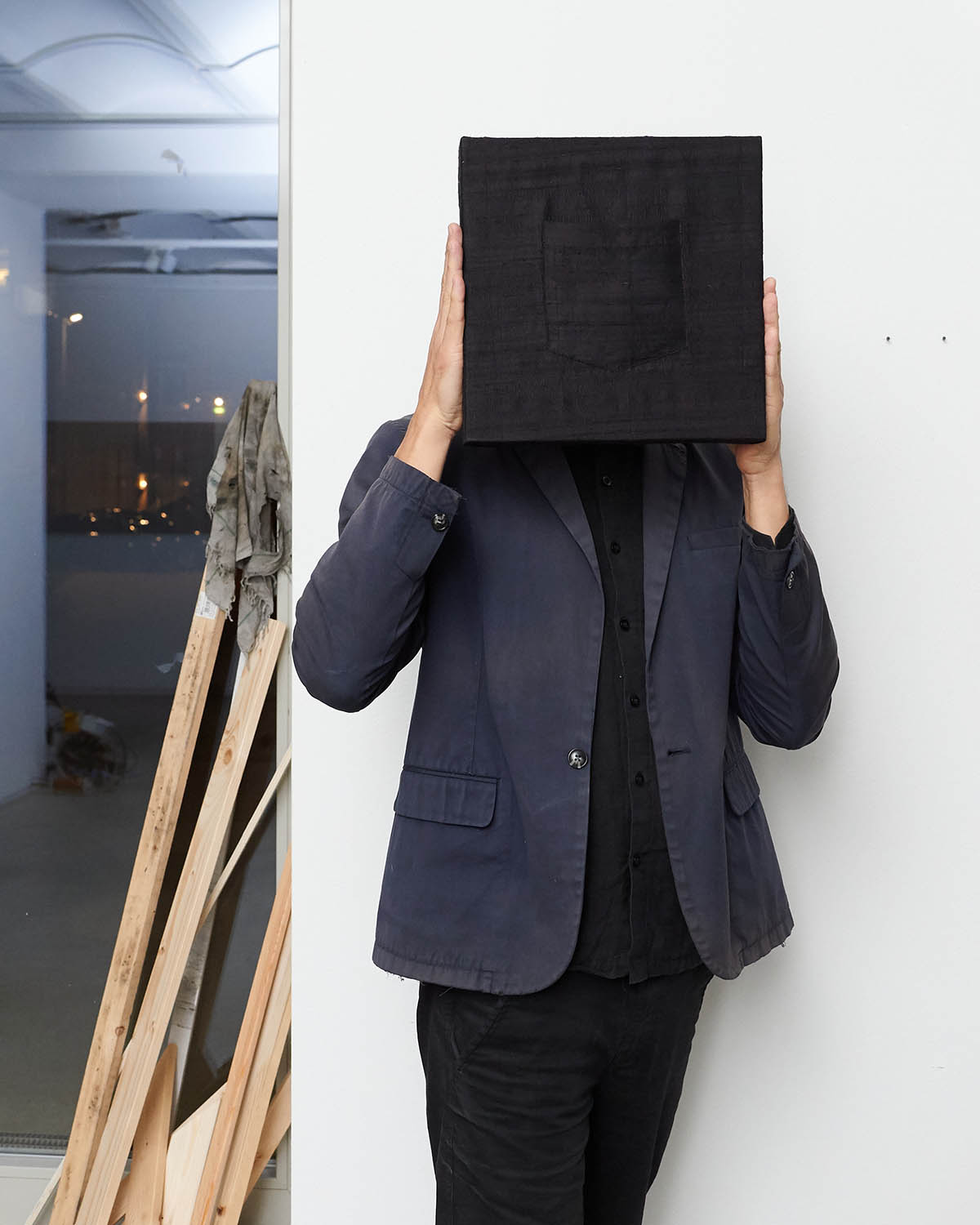
What can we expect from your presentation of the residency work at Bildraum Studio on 20 November?
During the opening on November 20, there will be a presentation talk by Manisha Jothady, project manager of fjk3. I have also invited performance artist Olivia Hild and choreographer and dancer Naïma Mazic to interact with one of the kite works.
Part of my practice at Bildraum Studio was to implement a link between landscape photography and different aspects of kite flying. We tend to think of kites as a cross-cultural, timeless activity that symbolises freedom and freedom of expression. In that series, a glass-dust-coated thread was veiled around kites perched on a photographic landscape, turning the potential height of a flying kite inwards as a compressed depth. This encapsulates the idea of movement, both as a physical act and as a symbol.
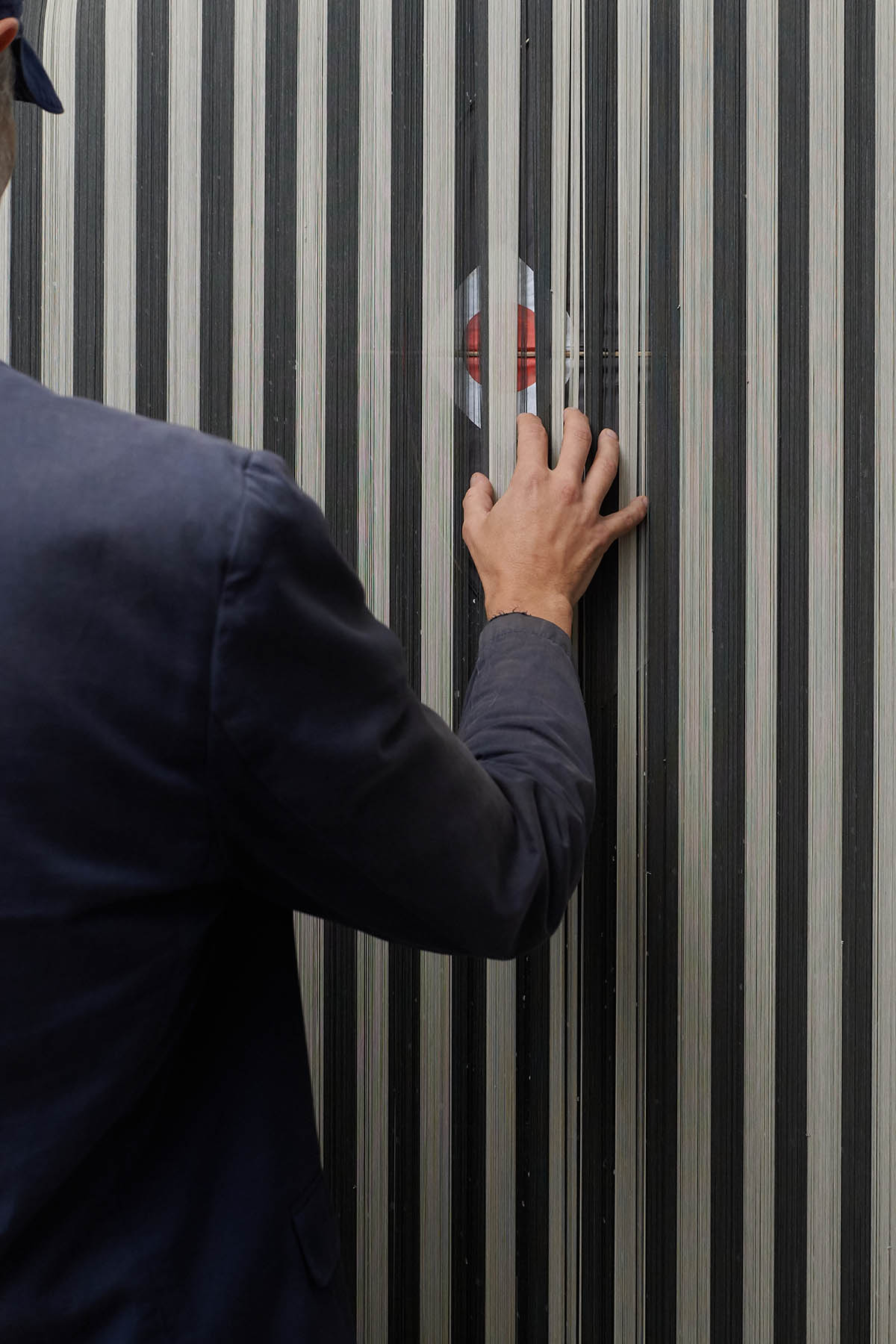
UPCOMING – PRESENTATION. Wednesday, 20 November, 7 p.m.
Performance at 7:30 pm: Olivia Hild and Naïma Mazic, artist Lior Gal’s work challenges traditional notions of belonging and geographical identity, primarily through the medium of photography. In addition, he aims to expand the cultural and aesthetic possibilities of concepts such as space and silence as visual components. His images interweave with „remnants“ of different places and convey the feeling of wandering through foreign landscapes and times. Lior does not view nature as a single entity but as a multitude of individual elements that come together to form a harmonious whole. The photographic act extracts and transfers these fragments from their natural environment to a new territory. More information: www.bildrecht.at/bildraum/bildraum-studio/lior-gal
Address and contact:
Bildrecht Studio
Brotfabrik Wien, Absberggasse 27, Stiege 9, 1100 Vienna
www.bildrecht.at
Studio visits are available by appointment from Thursday, November 21st.
To pre-register (please write your appointment request to the artist in English).
Duration of the residency: July 26-December 16, 2024
Lior Gal – www.liorgal.com, www.instagram.com/lior___gal/



